I once had a coaching client who hated the way she acted in certain meetings. She felt like she always talked too much, got over-invested in whatever was being discussed, became strident and inflexible no matter what.
She knew she always felt irritated and upset after the meetings, but she couldn’t seem to figure out a way to change. She didn’t know how to train herself to do anything differently. She said to me: “I know this about myself. I hate this about myself. What am I supposed to do?”
First, we don’t do anything. We can’t manufacture a process. What we can try is sitting quietly and committing to making different choices the next time we find ourselves in a familiar situation. For most of us, this means that instead of turning on the TV or opening the fridge or jumping on Instagram we’re going to have to get still and think about what’s really bothering us, and try to become aware of our actions and (automatic) reactions.
Sometimes I react so swiftly to something that it doesn’t feel like I have a choice of whether or not to respond that way. Does that ever happen to you? At first, it can be very challenging to stop myself. It’s hard to interrupt years of practice.
Being still means thinking about what’s making us anxious before we act to discharge that anxiety through automatic and unconscious behaviors. When we don’t get invited to the meeting, when our boss doesn’t give us the credit we deserve, when a colleague makes an innocent comment about our work product; all of these can call up old stories about how inadequate or forgotten we feel.
Being still means we learn to stop before reactively acting out those old stories. It means stepping out of the action to ask yourself; “What am I about to do here? Why do I want to do this?” With practice, these quick questions can help us manually override the system.
Doing this is not a guarantee that you won’t say the wrong thing at the presentation or will never offend a co-worker, but it will help reinforce that we have a choice in all our reactions.
I suggested my client start by simply noticing whenever she felt a certain way or wanted to do a certain thing in those meetings. Whenever she found herself wanting to disagree with someone or to defend herself. That’s all she had to do, look for patterns in this one area of her life. Just notice.
Awareness is one of the first steps in leading your own life. Exposing these habits to the light makes them visible, and able to be dealt with. Until we do that, they remain hidden away in our subconscious and while they are there we can’t decide to stop using them.
A word of warning here. While awareness is great, it can make us so anxious that we become willing to do ANYTHING—spend money, eat, drink, lie, run away, numb out- to not have to sit through the feelings. It’s like anxiety is the starting gun at the opening gate of our dysfunctional habits. So my first advice is to not act out on any urgent feelings. Just feel them, for starters.
For example, if I asked you to think about the biggest problem in your life today, most likely, it would be something that is shrouded with anxiety. You won’t want to think about it, and in a few minutes you will feel an uncontrollable urge to go outside and check the oil in your car/do some online shopping/call your college roommate/clean out your medicine cabinet/learn origami/watch all three Godfather movies in a row/match all your socks.
When we’re anxious, sitting without acting is one of the hardest tasks imaginable. On the inside, it literally feels like a life-or-death situation. But we can do it.
The only way to change is to interrupt the automatic nature of our lives. Be still. Notice. With awareness comes the courage to change, and to begin leading your own life.
Are You Leading The Life You Want?

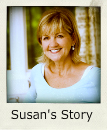

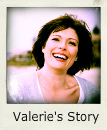
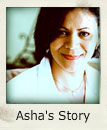

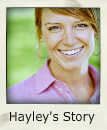



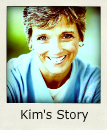
Leave a Reply